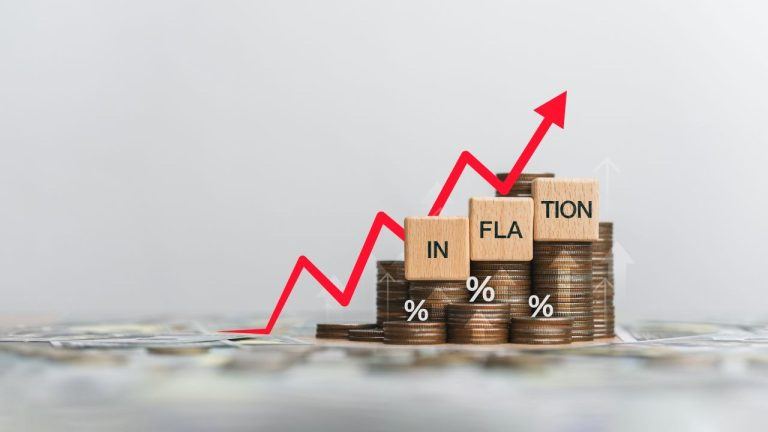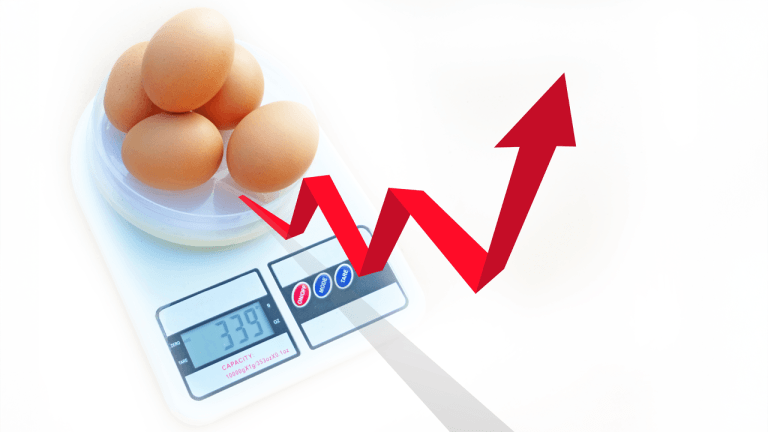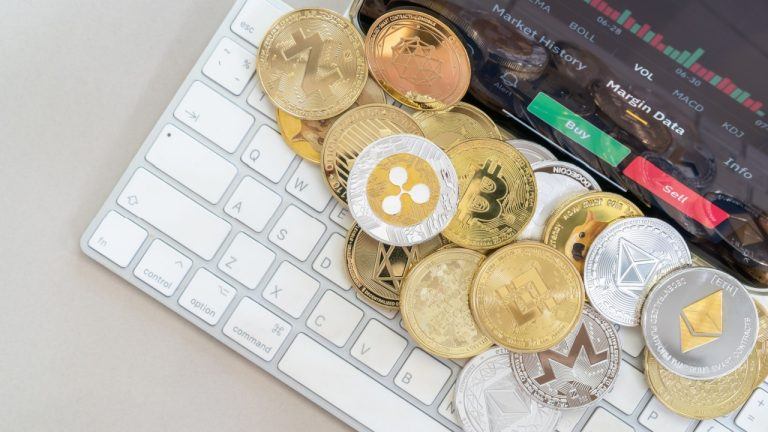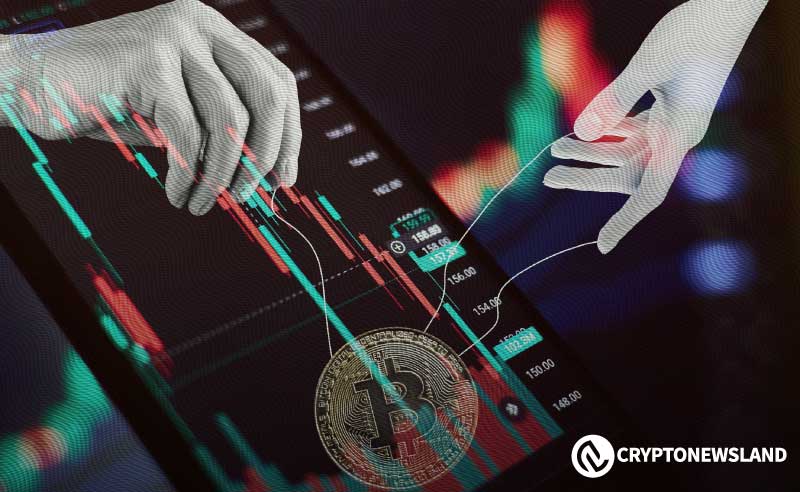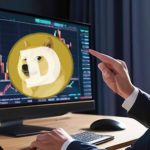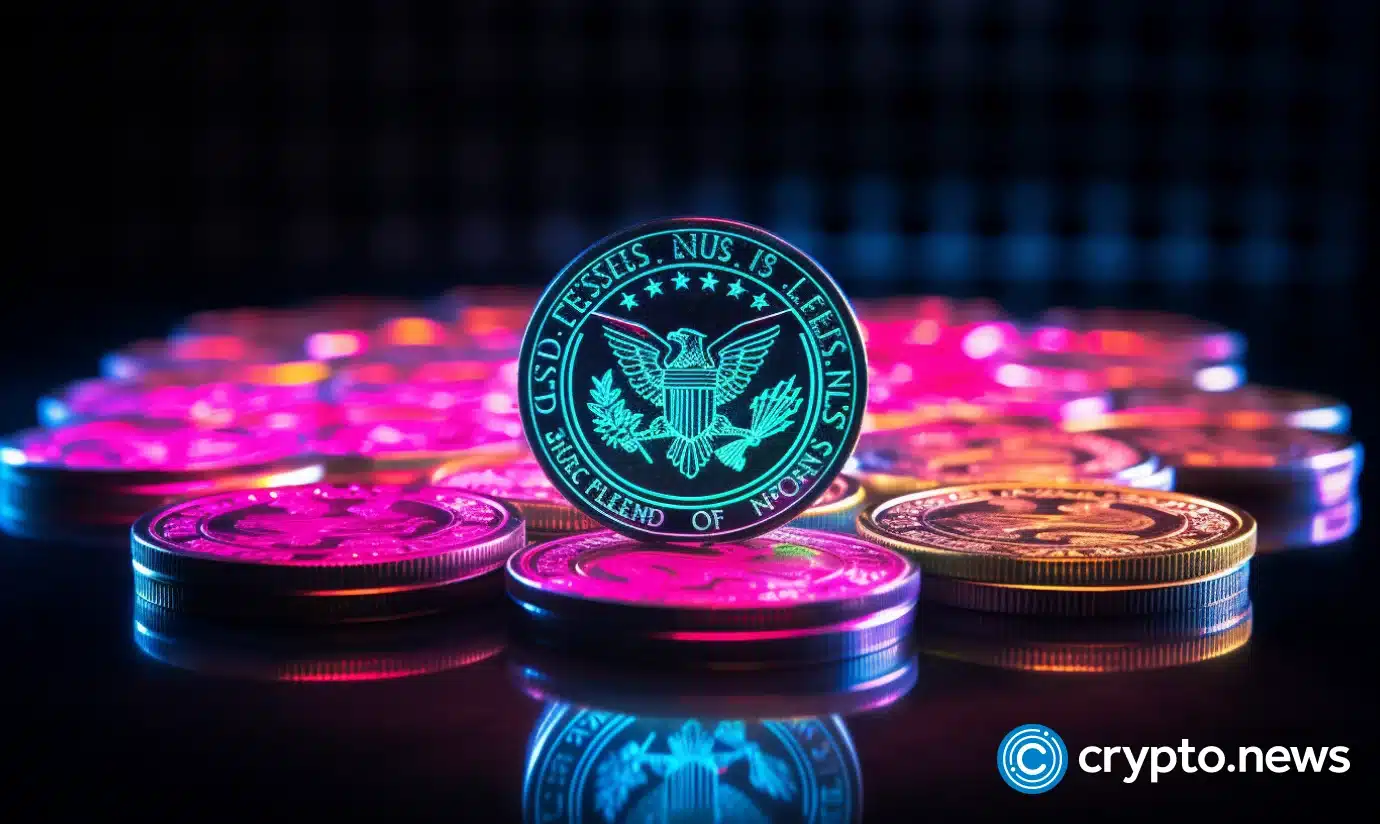
Uniswap introduced Unichain as its native Layer 2 network after releasing V4 and adding its functionality into swap routing.
The new chain provides access through Uniswap’s wallet and web application to allow users to bridge, swap, and supply liquidity.
Unichain’s launch occurred during increasing competition within Ethereum scaling, which created doubts about its potential market dominance.
Expanding to Native Layer 2 Network
The Uniswap platform has expanded its operational sphere by adding Unichain to enhance business operations and cut expenses.
Uniswap continues to grow in popularity through this substantial development, which positions it as a top decentralized exchange within Ethereum.
The Unichain launch will determine if users from Uniswap platforms will integrate their liquidity to a different blockchain.
Unichain exists within the Optimism Superchain, including OP Mainnet and Kraken’s Ink, and Soneium.
The network functions as a centralized hub for decentralized finance applications, seeking to draw developers who will construct new projects.
The Ethereum-based DeFi market is battled to secure its standing in the industry at this time.
Unichain started in a period when Ethereum fees reached their lowest point, making other Layer 2 solutions less necessary.
The network has introduced support for more than seven hundred smart contracts, enabling fresh token creation.
The brand-new network achieved a remarkable feat as it attracted more than 8,000 wallet users during its initial launch while users performed over 150,000 transactions.
Uniswap V4 Router Surpasses V3 in Gas Usage
Uniswap has enhanced its transaction routing with V4, but V3 pairs maintain most of the platform’s liquidity.
Trading activities within the V3 Ethereum contract result in elevated gas consumption, which makes it one of the biggest gas consumers.
The 31 network connections that Uniswap supports feature different liquidity distributions.
Total liquidity on V3 exceeds one billion dollar, while Ethereum and Base V4 markets do around eight and a half million dollars worth of daily trading volume.
Ethereum users now burn more gas through the V4 router than they do through V3 despite V3 still holding the title of top gas-consuming contract.
The change demonstrates that Uniswap plans to use V4 to handle trades at an increasingly higher frequency.
Uniswap continues to lead decentralized exchange operations, even though other platforms have entered the market.
The platform earns substantial fees, which reinforces its status in decentralized finance.
Integrating Unichain with V4 would enhance Uniswap’s position in the market.
The initial interest in Unichain’s network continues to increase due to more than 80 applications and services being added.
Unichain does not schedule an airdrop move since its existing UNI token trades in the market.
Other Layer 2 solutions need airdrop rewards, yet Unichain stands out because it does not use such user acquisition incentives.
The chain uses a one-second block processing time that will become 250 milliseconds swift following a network update.
The rapid processing speed will increase trading speed and decrease slippage magnitude in trades.
Uniswap intends to establish Unichain as an extremely scalable and dependable DeFi application network.
Circle links its USDC enterprise to Unichain by providing integration tools for the new network.
The partnership ensures Unichain receives essential benefits because it maintains trading alongside liquidity through stablecoins.
For the network to achieve lasting success, Major players representing key support must join the platform.
UNI Stabilizes After Brief Surge Above $10
The launch of Unichain coincided with UNI reaching above $10 before the token returned to maintain a value near $9.50.
UNI is an important DeFi asset because its market value remains directly connected to Uniswap’s operational results.
The market value of UNI is moderately lower than what its fee-generating capacity could obtain.
A whale investor acquired 1.7 million UNI worth $16.07 million before Unichain began trading.
Binance’s Binance withdrawal system released the token, which was placed into a USDT liquidity deployment container inside a custodial wallet system.
Despite the stable performance of UNI’s market price, the investor has not generated substantial profits from their investment.
Uniswap maintains its standing as one of the leading DeFi platforms for fee generation, since it accumulated $142.45 million in fees in the last month.
Uniswap generates lower revenue than PancakeSwap and Raydium during the last month of operations.
The market performance of UNI will be impacted by the additional expansion of Unichain alongside increased V4 adoption.
The post Uniswap’s Unichain Goes Live, Will It Dominate Ethereum Scaling? appeared first on The Coin Republic.
The Coin Republic – Read More



